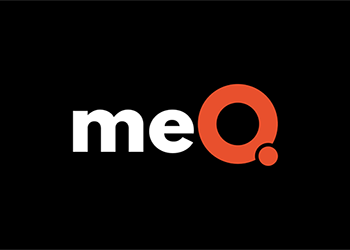Trapped in a traffic jam, stuck in a slow-moving checkout lane, delayed at the airport—we all know what it feels like to be frustrated. The emotion of frustration arises from the thought that we don’t have the resources we need to get a job done. It’s normal to feel frustration from time to time. After all, we don’t always have everything we need. Unless your car suddenly sprouts wings, there’s not much you can do about being stuck in traffic.
Trouble can arise, however, when frustration isn’t an occasional reaction to feeling thwarted, but rather a chronic response whenever a problem presents itself. “People who constantly get frustrated have learned a thinking style that leads them, when a problem comes up, to immediately focus on what they need but don’t have, rather than on the resources they do have,” explains Dr. Andrew Shatté, meQuilibrium’s Chief Science Officer.
So, how can we disengage from overwhelming frustration when it comes up? Here’s Dr. Shatté’s 4-step plan:
Step 1. Recognize what frustration looks like and feels like in your body.
We’re pretty good at being emotion detectives, says Shatté. What are the first physical signs for you? For most people, frustration feels like a mix of anger and anxiety—some combination of an accelerated heart rate, red face, or gritted teeth—as well as a restlessness and agitation.
Step 2. Identify the thought.
Thoughts feed our emotions, so the next time you find yourself getting worked up, try to trace it back to the triggering thought of, “I don’t have everything I need.” Think of the feelings of getting worked up as your thoughts waving a red flag. “There’s no way to have that emotion without having some form of the thought,” says Dr Shatté.
Step 3. Do the “spit test.”
There are two parts to this test. First, gather up saliva in your mouth and then swallow. Okay now, gather up saliva and then spit it into a glass, swirl it around, and then think of drinking it. “They’re not the same, right?” he smiles.
“The idea is, when something is part of us, inside of us, we’re okay with it. But once it’s outside of us, it no longer has that ‘privileged’ status. When thoughts rattle around in our head, we assume they’re true. But once we get them out, and look at them, we can reassess.”
Nine times out of 10 those thoughts about a lack of resources will sound a little more hollow when you get them out of your head. Then you can ask yourself, What’s right in front of me, right now, that I can use to try to crack the problem?
Dr. Shatté offers his own experience as an example: During some recent travels, an unexpected delay of one flight meant he’d miss his connecting flight to Spokane, WA, where he was set to be the first in a lineup of speakers the next day. While he couldn’t control the air traffic, he could get on the phone to see if it was possible to switch the time slot for his presentation. “I went into problem solving mode so that I wasn’t looking at what I don’t have: ‘Oh man, I can’t get the plane to take off!’ Instead, I focused in on what I did have—the ability to reach out to the stakeholders to see what we could work out.”
Step 4. For that one time out of 10…learn to choose serenity.
Nine times out of 10, you can figure out a Plan B. However, there will be that one time where you’re unable to take control to make things better. And at that moment, “you just need to shut the frustration down . . . come to peace with it, to a place of serenity,” says Dr. Shatté. “Because continuing on with frustration is not going to help.”
During the airport delay, Dr. Shatté realized that his laptop wasn’t charged enough to keep it running if he’d made his scheduled connection. So while waiting at the terminal he powered up his computer and, lo and behold, he was able to get some work done on the next leg of his flight.
The goal is not only to bring the frustration down, but to raise the contentment we’re feeling. “If you can do both of these, it’s a win-win,” he say, “and you’ll be in a much better place.”
Janet Ungless is a New York-based editor and writer with expertise in wellness, health and fitness. She developed the content strategy for the launch of aloha.com and has managed content creation for several other startups. She’s written for Prevention, More, Livestrong, and Everyday Health and also worked at exhale mind body spa. Find her on Twitter @jungless
